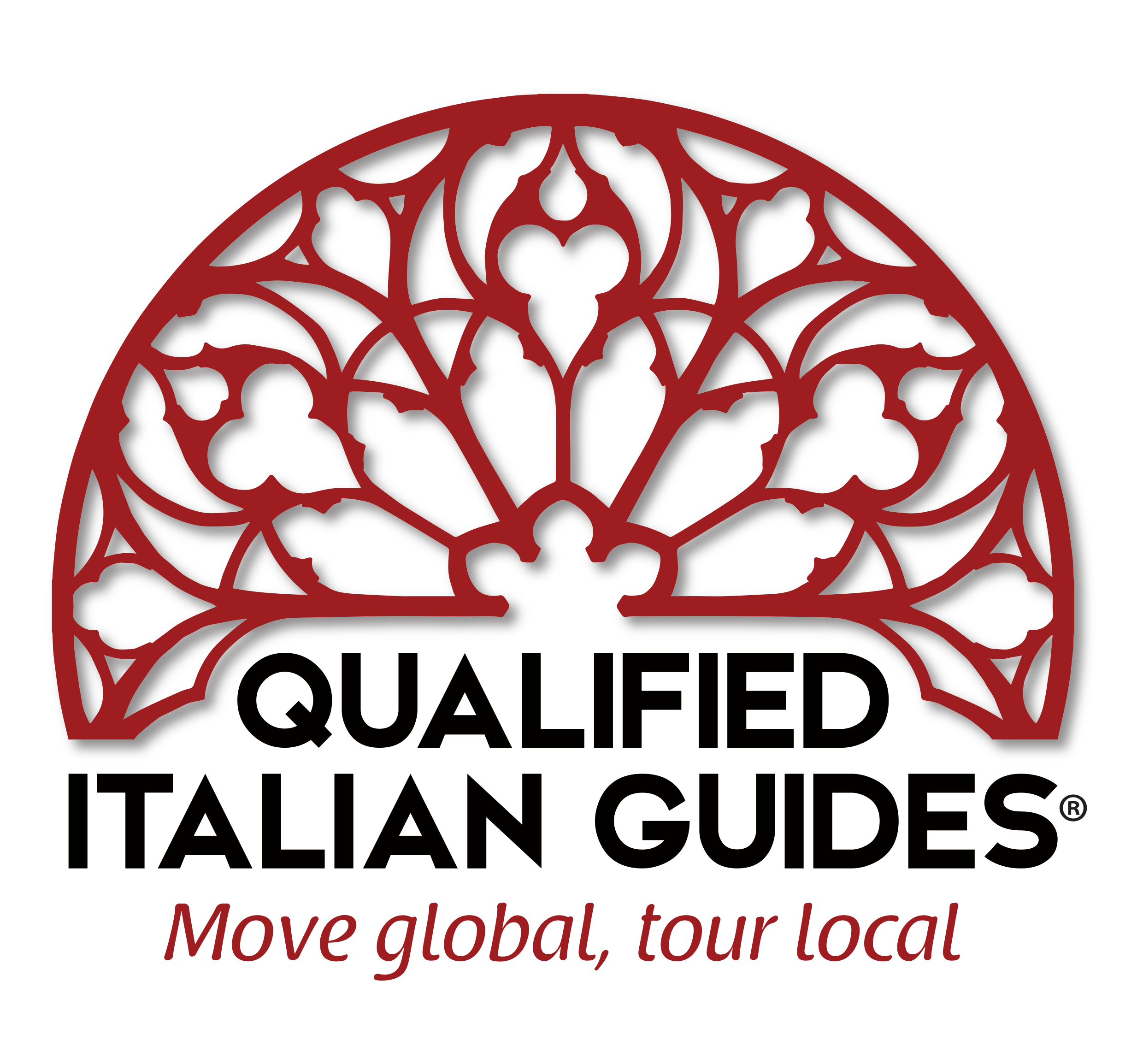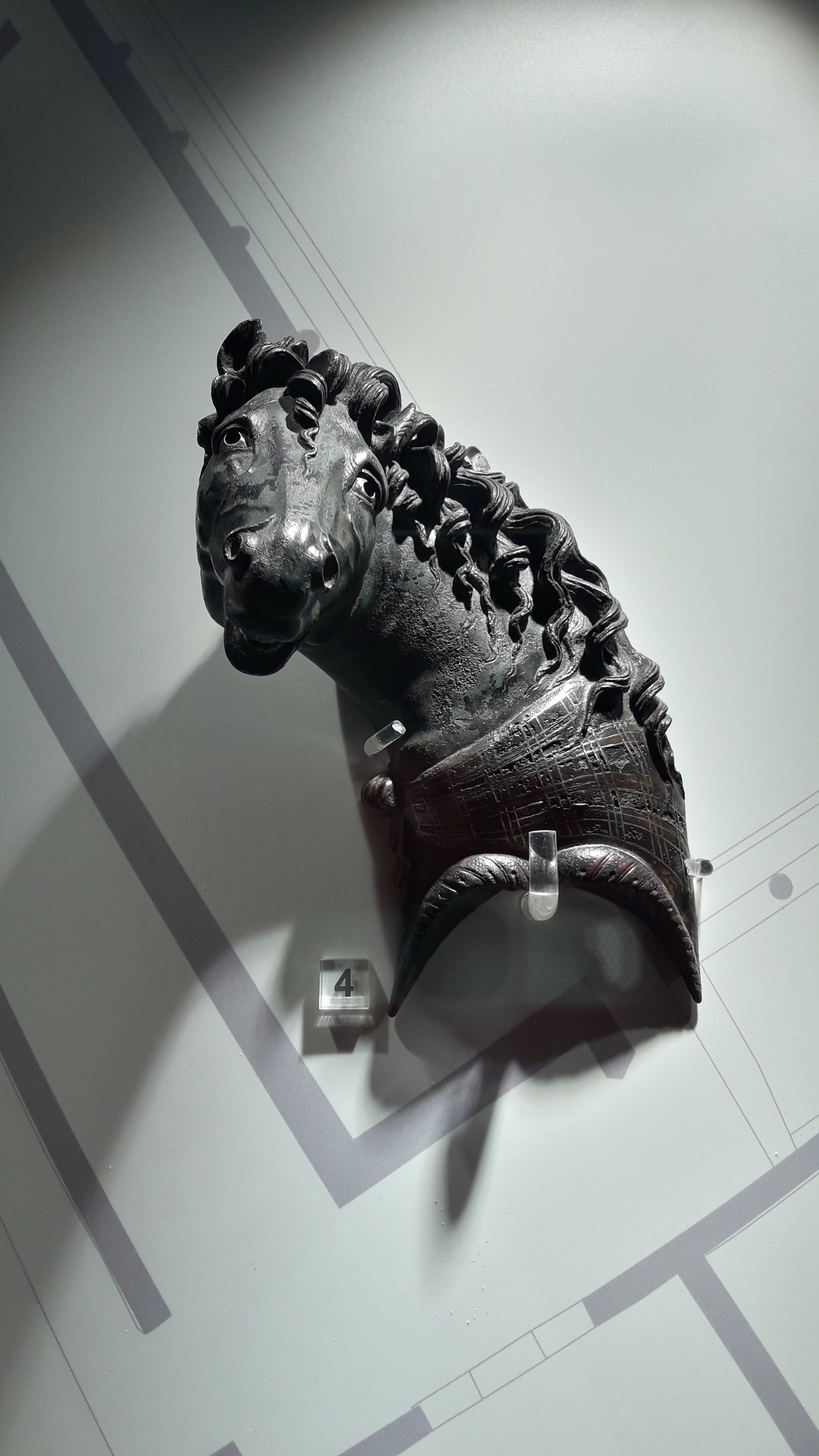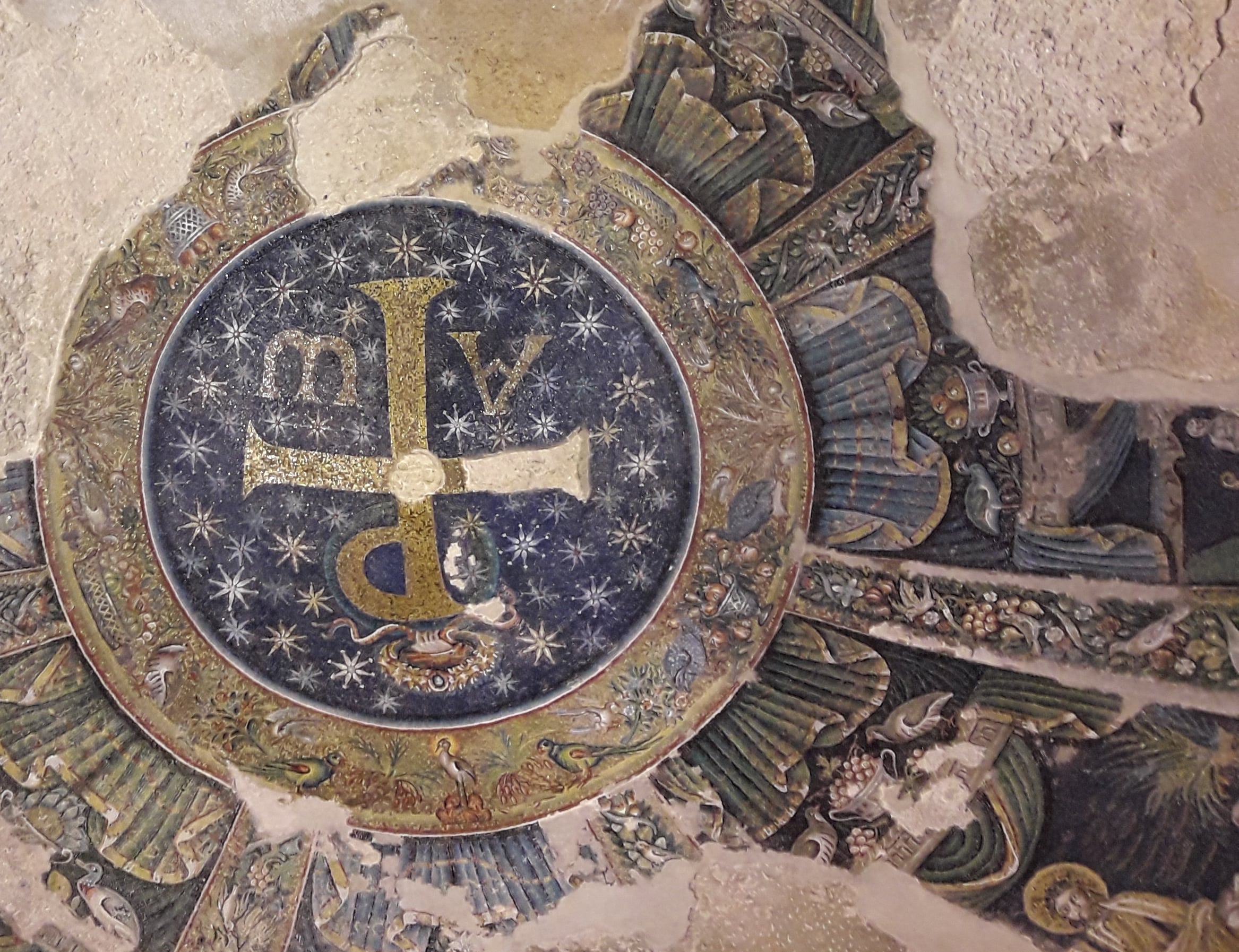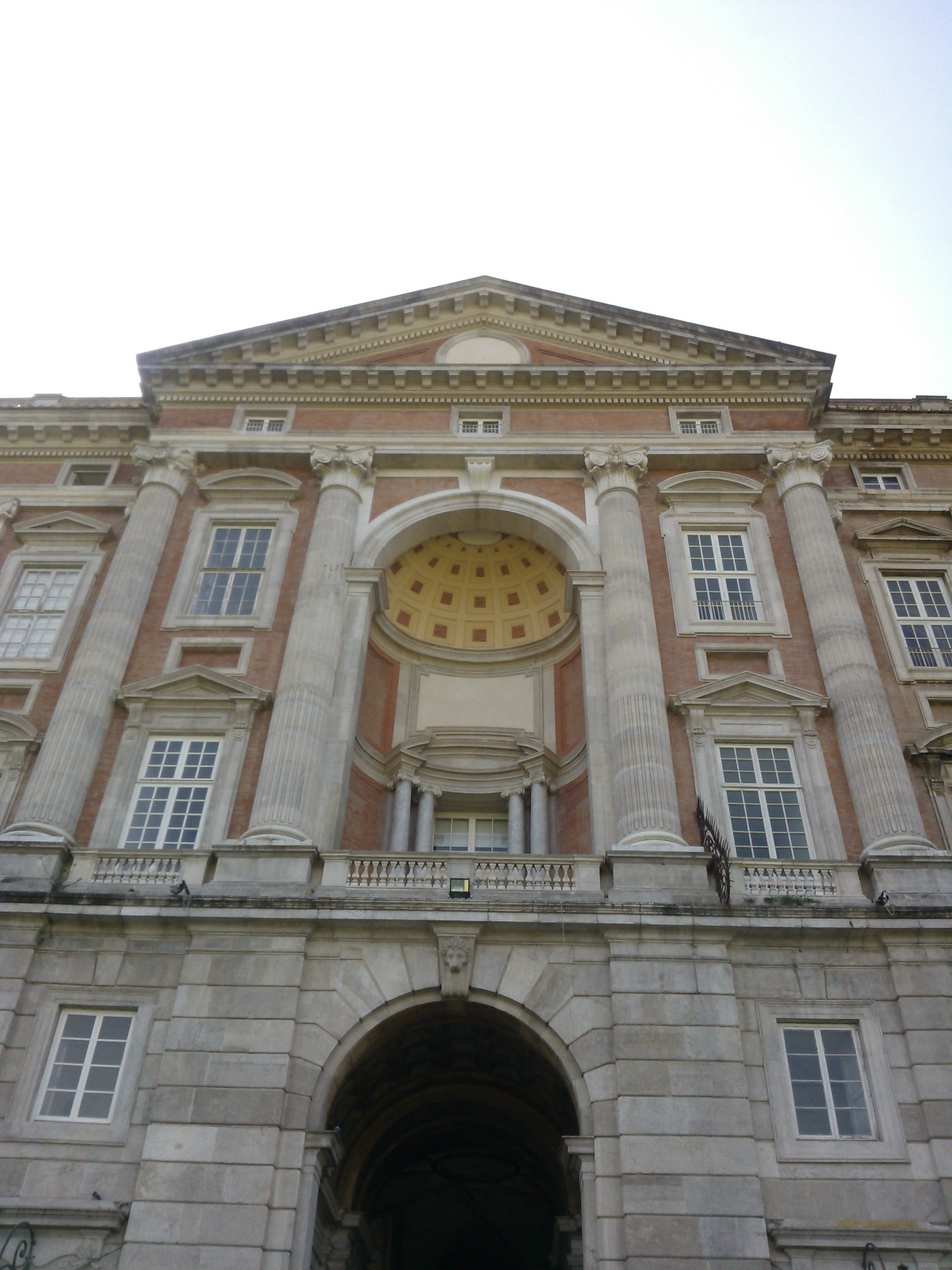
Art Venues

Art tradition in Italy is part of its roots.
Art in Italy has always had a very important role in
communication and
in the development of the Italian culture. We know that since the
Paleolithic
Age the inhabitants of the Italian peninsula were already
producing artistic ornaments (Val Canonica) and different artifacts
made of clay or stone. Many artistic proofs dating back
to that age, when small communities were already living on the Alps or
on the mountains of the Cilento coast and on the Amalfi coast, are
still
visible in situ or at museums. Many artworks produced during the
different ages are now on display at the hundreds art venues scattered
across the country. (Rome, Florence, Naples,
Agrigento).
 During the first millennium before
Christ, the Etruscan
and the Greek civilisations also produced amazing wall
paintings, burial decorations and statuary all over the peninsula and
examples of their art are still visible at Tarquinia, Cerveteri
and
Pontecagnano for the former and Paestum, Cuma, Agrigento for the
latter. The
entire southern part of Italy was inhabited by Greek people who
gave
birth to the famous Magna Grecia and its precious art.
The following
Roman age art
was used by emperors and rich families to show off their
glory and fame. Their frescoes and sculptures are still well preserved
in many of the
archaeological sites that are scattered along the peninsula. Thanks to
the relationship that the Romans established with other
European countries, with Greece and Egypt, the art was refined and many
innovations were added.
Simultaneously the Paleochristian art flourished as an hidden
expression of art and examples can still be seen at Ravenna, Rome,
Naples, Cimitile in catacombs and little churches.
When Christianity became a recognized religion
it turned art into a tool used to
spread the word and strenghten the faith even among those who could not
read and the artists put their skills at the service of the most
powerful popes, bishops and kings. After
the fall of the Roman Empire the Italian art tradition continued,
although the peninsula was politically divided into different states
with different cultures.
During the first millennium before
Christ, the Etruscan
and the Greek civilisations also produced amazing wall
paintings, burial decorations and statuary all over the peninsula and
examples of their art are still visible at Tarquinia, Cerveteri
and
Pontecagnano for the former and Paestum, Cuma, Agrigento for the
latter. The
entire southern part of Italy was inhabited by Greek people who
gave
birth to the famous Magna Grecia and its precious art.
The following
Roman age art
was used by emperors and rich families to show off their
glory and fame. Their frescoes and sculptures are still well preserved
in many of the
archaeological sites that are scattered along the peninsula. Thanks to
the relationship that the Romans established with other
European countries, with Greece and Egypt, the art was refined and many
innovations were added.
Simultaneously the Paleochristian art flourished as an hidden
expression of art and examples can still be seen at Ravenna, Rome,
Naples, Cimitile in catacombs and little churches.
When Christianity became a recognized religion
it turned art into a tool used to
spread the word and strenghten the faith even among those who could not
read and the artists put their skills at the service of the most
powerful popes, bishops and kings. After
the fall of the Roman Empire the Italian art tradition continued,
although the peninsula was politically divided into different states
with different cultures.
The Byzanthine
art
became one of the most
widespread art and beautiful mosaics dating back to this age are still
visible at Ravenna, Palermo, Cefalý, Florence and Venice.
The Romanesque
Age is still well represented in Ravenna, Pisa, Rome, S.
Angelo in Formis, Monreale.

The Gothic art, the Renaissance, the Baroque and
even more contemporary
arts transformed all Italian cities into an open air museum which would
take more than a lifetime to see.
Among the most important buildings of the Gothic Age
there are
cathedrals like S. Francesco d'Assisi, Orvieto, Siena, Florence,
Venezia, Genova, Naples and Palermo. During the flourishing of the
Gothic art many monasteries were built all over Italy and they can
still be seen at Chiaravalle, Fossanova, Casamari, S. Galgano,
Montecassino, Naples, Padula, Agrigento. Among the civil architectures
there are many defensive walls like those still visible at
Monteriggioni, Castel del Monte, San Gimignano, Naples. This is the
time of Giotto, Simone Martini, Arnolfo di Cambio, Tino di Camaino who
became the most important artists.
The Renaissance
emerged in the area around Florence and the
rediscovery of the ancient world is still represented in Rome,
Florence, Naples, Palermo, Messina.
Famous names like Leonardo da Vinci, Michaelangel, Raphael and Titian
produced such a large amount of works that their artifacts are
scattered around the world and in many  different
cities of the Italian
peninsula. Caravaggio was also another prolific artist whose works can
be seen in Florence, Rome, Naples and Messina.
different
cities of the Italian
peninsula. Caravaggio was also another prolific artist whose works can
be seen in Florence, Rome, Naples and Messina.
Finally the Baroque
art which spread all over the country, can be
admired in all its magnificence and with different characters in Rome,
through the works of Bernini and Borromini or in Naples, through the
works of Cosimo Fanzago, Giuseppe Sammartino and other artists and in
Sicily island and Apulia region.
The different art styles spanning over the past centuries
made Italy one of the world's top art destination.
From the Neolithic figurative arts scattered on the
walls of damp caves
and the rock drawings of the Valcanonica valley to the tomb of the
Diver dating back to the Greek time, to more modern artworks made by
the most notorious artists, Italy is offering the best of the
art tradition.
Be inspired by
the
most outstanding sites that you
absolutely cannot miss when visiting
this awesome country.




 During the first millennium before
Christ, the Etruscan
and the Greek civilisations also produced amazing wall
paintings, burial decorations and statuary all over the peninsula and
examples of their art are still visible at Tarquinia, Cerveteri
and
Pontecagnano for the former and Paestum, Cuma, Agrigento for the
latter. The
entire southern part of Italy was inhabited by Greek people who
gave
birth to the famous Magna Grecia and its precious art.
During the first millennium before
Christ, the Etruscan
and the Greek civilisations also produced amazing wall
paintings, burial decorations and statuary all over the peninsula and
examples of their art are still visible at Tarquinia, Cerveteri
and
Pontecagnano for the former and Paestum, Cuma, Agrigento for the
latter. The
entire southern part of Italy was inhabited by Greek people who
gave
birth to the famous Magna Grecia and its precious art. 
 different
cities of the Italian
peninsula. Caravaggio was also another prolific artist whose works can
be seen in Florence, Rome, Naples and Messina.
different
cities of the Italian
peninsula. Caravaggio was also another prolific artist whose works can
be seen in Florence, Rome, Naples and Messina.